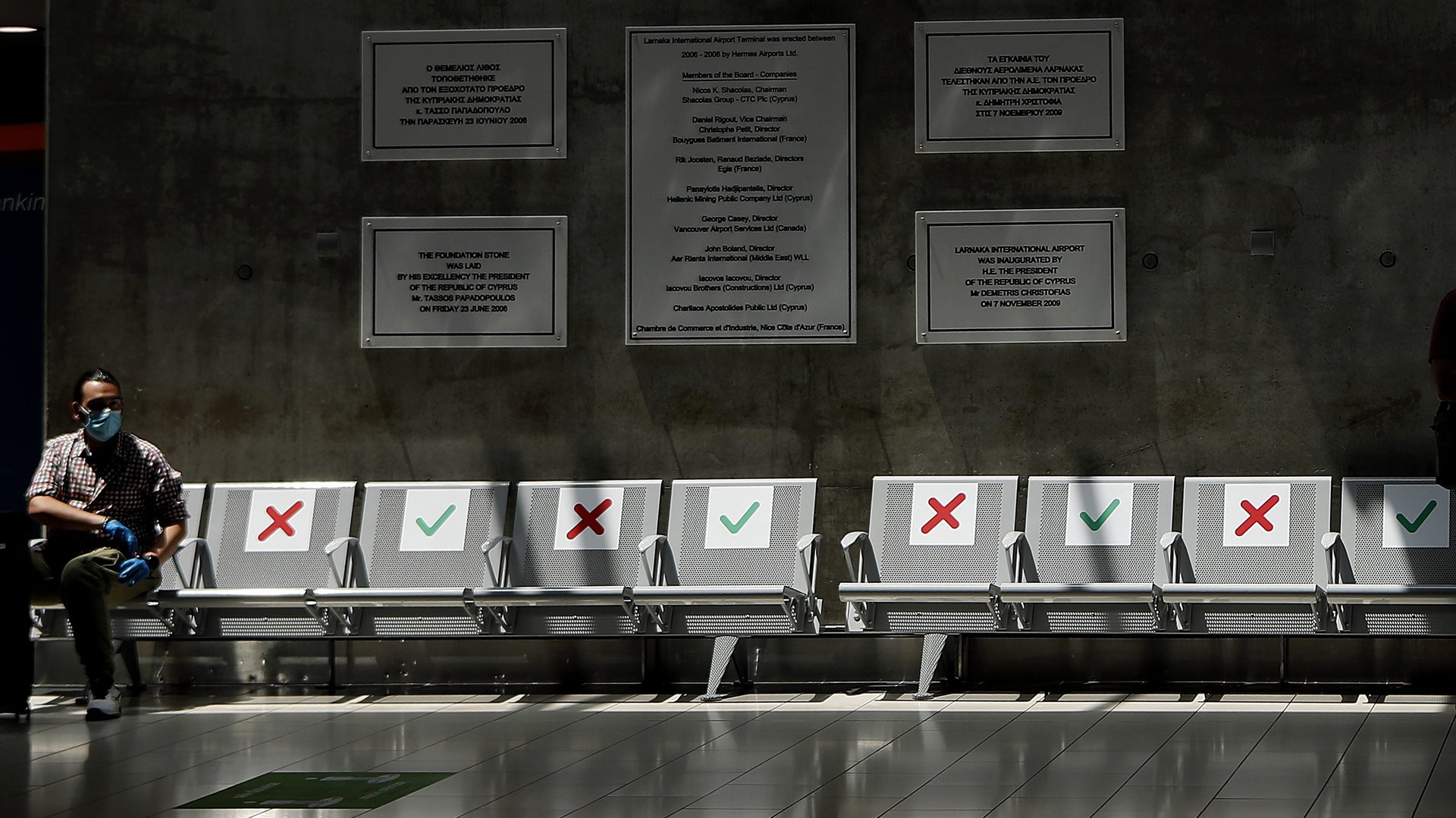What you need to know about the WHO’s new statements on Covid-19 transmission
On Monday, June 8, an official at the World Health Organization (WHO) made a surprising statement. People who have Covid-19 but are asymptomatic—meaning they never develop symptoms like fever, coughing, or gastrointestinal distress—very rarely gave it to others, stated Maria Van Kerkhove, the WHO’s technical lead on the Covid-19 pandemic, at a regularly-scheduled press briefing.


On Monday, June 8, an official at the World Health Organization (WHO) made a surprising statement. People who have Covid-19 but are asymptomatic—meaning they never develop symptoms like fever, coughing, or gastrointestinal distress—very rarely gave it to others, stated Maria Van Kerkhove, the WHO’s technical lead on the Covid-19 pandemic, at a regularly-scheduled press briefing.
The very next day, the organization took it back. Some might have taken WHO’s original statement to mean that “stealth transmission” of Covid-19 is unlikely—that if a person isn’t actively coughing and sneezing, you don’t need to worry about getting infected. But that’s not necessarily the case. On June 9, WHO clarified that while most transmission seems to come from people showing symptoms, it’s too soon to know exactly how the virus spreads.
To understand the back-and-forth, we need to get into the difference between truly asymptomatic Covid-19 cases and presymptomatic ones.
Simply put, asymptomatic cases of Covid-19 are people who never develop any symptoms. They test positive for the virus, and develop antibodies to fight back against it, but never show signs of getting sick.
Presymptomatic cases are different. These people are still in the incubation period for SARS-CoV-2: They’ve been exposed to the virus, it’s replicating inside their cells, but they just don’t feel sick … yet. For SARS-CoV-2, the incubation period is pretty long, from five days to two weeks. Some researchers think that’s part of why it’s so good at spreading: When it takes a while for people to realize they’re sick, they spend much more time going about their lives, potentially spreading the virus.
The trouble is, a lot of scientific papers on Covid-19 transmission have failed to separate asymptomatic Covid-19 cases from presymptomatic ones, said Oyungerel Byambasuren, a researcher at the Institute for Evidence-Based Healthcare at Bond University in Queensland, Australia, in an email. The job is tough: Most people with confirmed positive tests are those who got sick enough to go to a doctor, so it’s hard to track totally symptom-free cases.
One early study from researchers at Hokkaido University suggested that about 30% of Covid-19 cases are asymptomatic, but in reality it had only looked at participants who were surveyed at one point in time. The results would have been different if the researchers had followed up to see whether participants ever got sick.
Byambasuren leads a team of researchers that has been collecting all the scientific evidence on truly asymptomatic cases; together, they’ve written and regularly updated a review (pdf), which the WHO referenced in its updated guidance on wearing masks. So far, the review suggests that only about 15% of Covid-19 cases are asymptomatic. These people never cough or sneeze, which are the virus’ main modes of transportation. “It seems like asymptomatic people are not driving the pandemic, as some have been speculating,” says Byambasuren.
That assessment, however, is based on a limited number of studies. Scientists are still collecting this data, and updating it the way they collect it. More data over time will address one major concern: that some people might have inaccurately reported being asymptomatic. It’s possible that some of these individuals had low-grade symptoms they may have dismissed as feeling off for few days.
Indeed, this caveat is what led the WHO to issue a second statement on Tuesday saying that the agency doesn’t yet know for sure how many cases actually are asymptomatic versus presymptomatic. Researchers have already shown that presymptomatic transmission has been playing a role in the spread of Covid-19—but to what degree is still not well understood.
Byambasuren pointed out in her email that the WHO is “the only authority in the world right now who really labors to gather the best possible or best available data to make their decisions and recommendations.” (Some authors on her team’s review also work for the WHO.) Notably, the WHO didn’t change its recommendations for how to protect yourself against Covid-19 infections; it stuck by the guidance it issued last week, which stated that governments should encourage the general public to wear masks in some settings, along with other preventative measures.
WHO is trying to get these decisions and recommendations right in an evolving field—and most of their recommendations have been helping countries deal with the pandemic so far. “Countries cannot make grave mistakes in dealing with this pandemic by following WHO guidelines,” says Byambasuren. “The countries that ended up in deep shit are the ones who thought they knew better than WHO.”